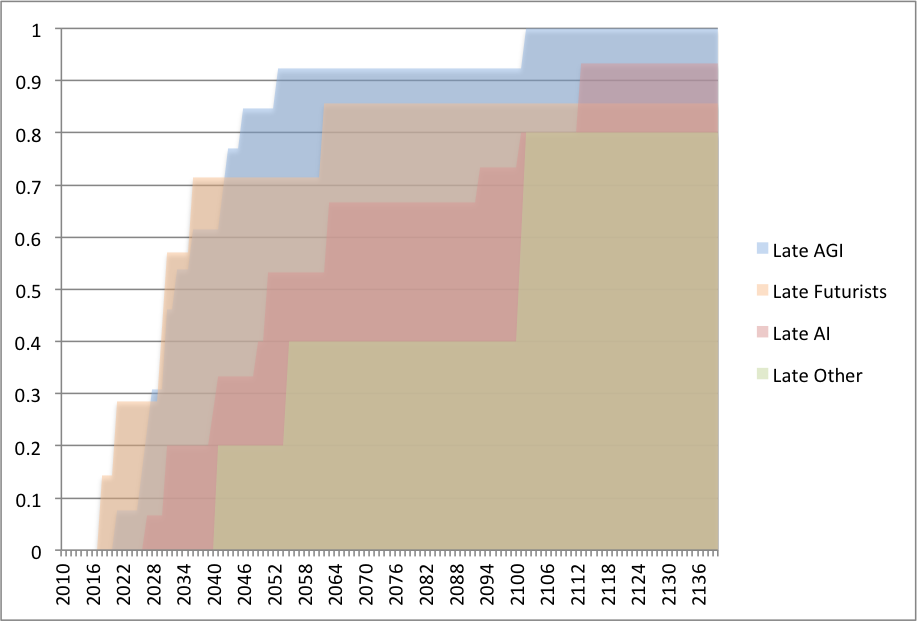
Articles by Katja Grace

Blog

AI Timelines

Blog

Accuracy of AI Predictions

Accuracy of AI Predictions

AI Timelines

Blog

AI Timelines

AI Timelines

AI Timelines